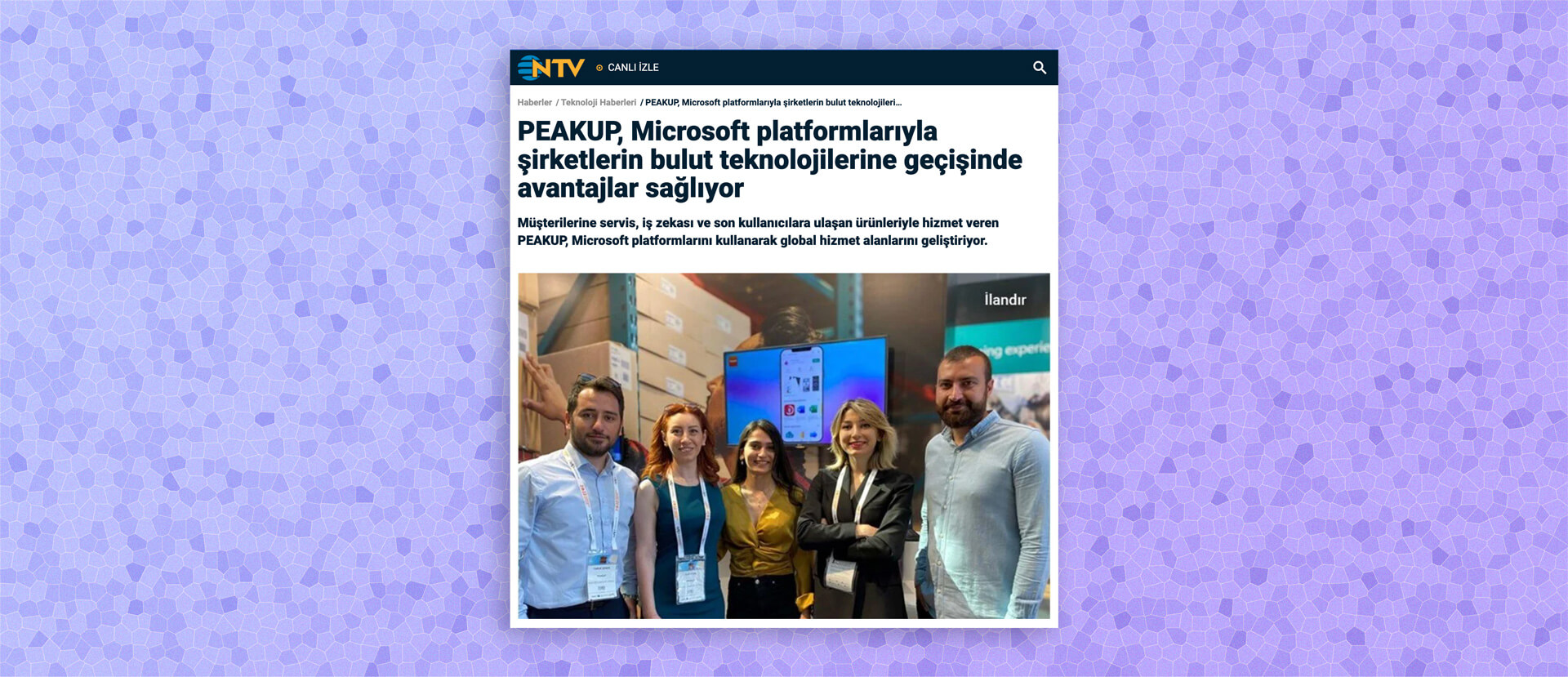Taskbar
Taskbar is the bar appears on the bottom of your screen which is starting the ‘Start’ button on the left and continues with the ‘search field‘ and some applications that are pinned by default. And on the right, you can see the ‘Notification Area‘ which you can launch your action center from there. So just like your Start menu, you can pin and unpin your applications to your taskbar. When you run an application, you can see the logo of that application appears on the taskbar and when you close it, the logo just disappears. If you want to launch that application easily, you can pin it to your task bar. When the application logo appears on the taskbar, just right-click the logo and select the ‘Pin to Taskbar‘ option and when you want to unpin it, right-click again and select the ‘Unpin from the Taskbar‘ option. If you hover on the logo of one of the opened application, you can see the preview of it.
- Taskbar Settings
You can resize the taskbar by clicking the top edge of the taskbar and drag it. If you right-click an empty part of the taskbar, you can see many options. You can lock it by selecting ‘Lock the taskbar‘ option when you do not want to resize or relocate it. At the bottom of that options you can see the Taskbar settings, you can lock the taskbar there either. The ‘Auto-hide‘ option gives you more space of the screen by making the taskbar disappear when you do not use it. You can select ‘Small taskbar buttons‘ if you want to pin a lot of applications. The ‘Use Peek‘ option is used to preview your desktop when you move your mouse to your right edge of your taskbar. And you can see the area which you can relocate your taskbar.
- Notification Area
Notification area refers to the extreme right side of your taskbar. You can see some icons that provide you notifications and status. Some of the icons are hidden and some them are visible. You can click the arrow icon to expand. Some standard icons in the notification area are the network connection, battery status indicator, the time and the date, volume status indicator. The others can vary based on your installed applications. Sometimes an error or an update notification of that application may appear. If you plug a USB in, an icon will appear until you unplug it.
- Action Center
One of the important new features of Windows 10 is Action Center which is in the notification area. It is basically divided into two sections; upper area which includes the notifications from the applications, and the lower area is called ‘Quick Actions‘. They are important settings about your device functions; brightness, airplane mode, Wi-Fi settings etc. You can take actions about the notifications like expanding to see details and then close it by clicking the ‘X’ button. If you do not want to see notifications from an application anymore; go to action center and right-click on this application and select the ‘Turn off notifications for this app’ option.
- Notification Area and Action Center Settings
If you type ‘Notification’ to your searching area, you can launch the ‘Notification and Action Settings‘. You can choose which icons you want to see on the Taskbar, which notifications you want to receive at the Notification Area and which settings you want to see at the Action Center or you can rearrange them.
Accessibility
Accessibility or ease of access is designed to help disabled people or people who having some vision or hearing issues. To enable ease of access tools, go your ‘Settings‘ app and select ‘Ease of Access‘. There you can turn on the ‘Narrator’ and choose the voice of the speaker and speaker’s voice, pitch etc. On the ‘Magnifier‘ you can make your screen bigger to see better, on the ‘Color & High Contrast‘ you can choose special filters. ‘Closed captions‘ works with the Movies and TV app, you can manage closed captions in movies here. You can enable ‘on-screen keyboard’ or ‘sticky keys’ etc. on the ‘Keyboard‘ section. ‘Mouse‘ section provides you the manage the size and the color of the pointer and you can enable mouse key which lets you to use your number pad as a mouse pad. In ‘Other options‘ you can disable the animations, you can manage how much time a notification can be visible, or you can enable visual notifications for sound etc.


